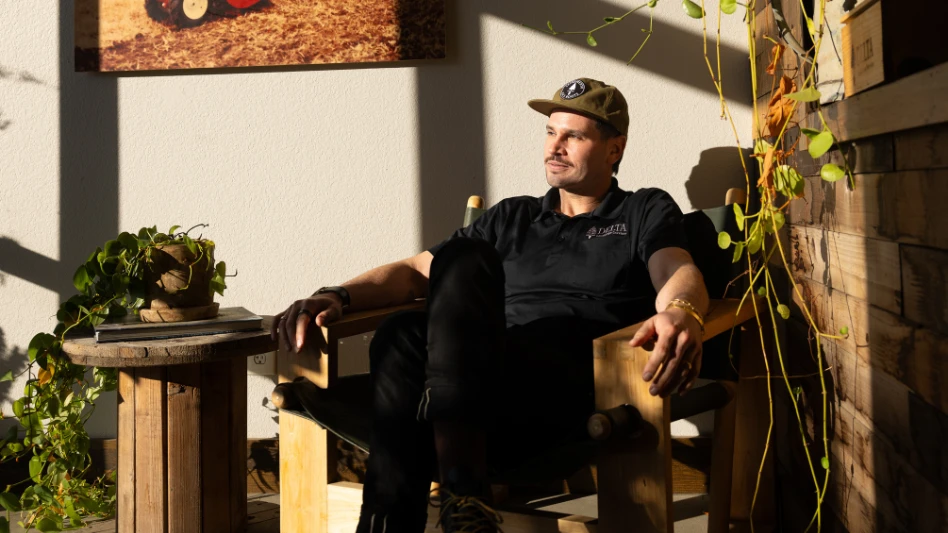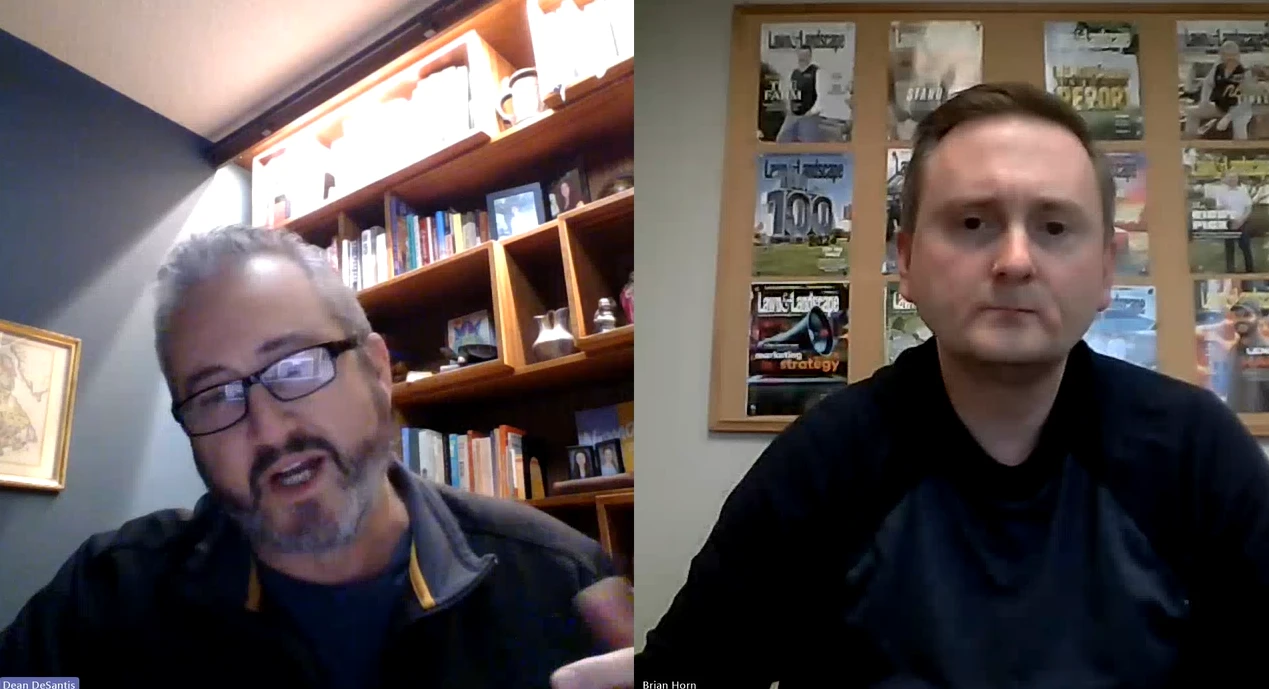 CHICAGO – At a corporate conference focused on sustainability and innovation, BASF said it will roll out products to help plants deal with drought and heat stress in the next few years.
CHICAGO – At a corporate conference focused on sustainability and innovation, BASF said it will roll out products to help plants deal with drought and heat stress in the next few years.
Jan Buberl, director of BASF’s specialty products department, said the company expanded its Intrinsic line of specialty products for LCOs this year.
The product group, which includes an EPA-approved plant health label, has been shown to improve disease control, response to heat and mechanical stress and growth efficiency in plants.
BASF’s Pillar G fungicide, which launched last year, is slated to get an Intrinsic label this fall, Buberl said. And in 2014, the company plans to roll out a new fungicide with the active ingredient xemium.
The company’s R&D pipeline also includes herbicides that suppress seed heads on zoysiagrass, and products that use absorbent polymer technologies to improve water use efficiency in plants.
Buberl’s comments came during the company’s Agriculture Media Summit, which BASF hosts every two years. It brings together about 100 editors, technical experts and end users for a day and half of research and market updates.
And while the bulk of BASF’s R&D spending and investment is in the agricultural markets, that investment of time, energy and resources does impact the specialty industries.
After an active ingredient is launched in the agricultural markets, it takes about two years to reach the specialty chemical business, said Tom Hill, communications manager for BASF’s specialty products division.
By the numbers
|
Annually, BASF spends $48.4 million – or about 9 percent – of its research and development budget on the specialty turf, ornamental and pest control markets. We sat down with Buberl to get his take on the future of the lawn care market, and what LCOs can expect from the company in the next few years.
L&L: What are the main challenges you see in the turf market in the next 3-5 years?
Jan Buberl: Hopefully the economy with recover, that’s number one. The key thing is the discussion around sustainability. You see the discussion of water and water restrictions in places like Florida and the panhandle in Texas – it’s huge. If we don’t handle this, sustainability and the public pressure around this is big.
I’m on the board of RISE, so I hear a lot of things and discussion especially about new legislation in the Northeast.
If we don’t manage this in a proactive way, we have challenges to really make sure we, down the road, have tools in our hands to manage golf courses and lawn care. If you don’t tackle sustainability proactively and change the perception in the broader population. … People have no clue what we do. It’s something we have to tackle and the industry has to tackle. It’s a very long journey, but we have to start somewhere. We’re convinced this is the journey we have to take and how to get the industry better perceived.
L&L: Earlier today we learned about a partnership BASF has with Monsanto to develop new crop systems. Do you look for similar partnerships in the turf markets?
JB: We work in the T&O world with some third parties, especially around equipment solutions. What we say is we want to bring product solutions to the customers. BASF doesn’t have the full expertise in equipment, so we work with third parties on this piece.
Mostly we have interaction with other BASF units. We work very closely with the polymer division. When we talk about water efficiency – we work with our other division that produces a super-absorber.
We have a network in terms of third-party collaborations. I personally think we have to broaden our open innovation approach. It’s a process to learn, and if you would have listened to the discussion we had a couple of years ago with Monsanto, they were key competitors. And today, it’s a great collaboration. You have to find a way to work with people in a trustful environment.
For more news from the event, visit bit.ly/basfchi.

Explore the July 2012 Issue
Check out more from this issue and find your next story to read.
Latest from Lawn & Landscape
- Wilson360 adds Daniel Grange as new consultant
- Batman and business
- CH Products releases new tree stabilizer
- Savannah Bananas founder Jesse Cole to speak at Equip Exposition
- Catch up on last year's Benchmarking report
- Davey Tree promotes Kevin Marks as VP of Western operations
- Bobcat Company names 2025 Dealer Leadership Groups
- Green Lawn Fertilizing/Green Pest Solutions awards employee new truck for safe driving





